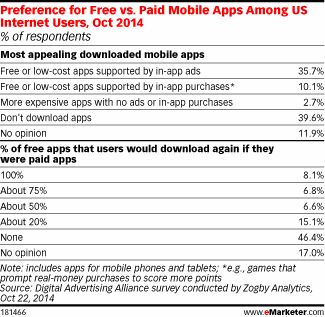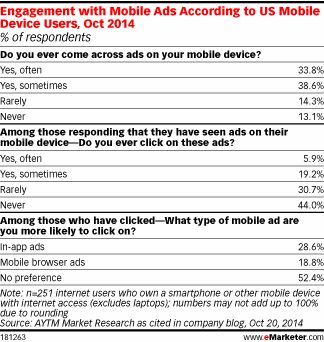In the past, there have been discussions and ideas passed around by companies to interact more with audiences that go to theaters to see movies, but very few have actually launched such initiatives into fruition. However, it appears that Audience Entertainment is ready to take the experience to the next level.
The company has introduced a series of demos to TechCrunch, showing how users can get into the action by simply twisting and turning in their seats, but not to the point of discomfort. Through this, they can play along with a series of games, including tapping cubes that are falling down the screen. You can check out the video to see more of this demonstration in action.
When discussing the demos, Chief Marketing Officer of Audience, Adam Cassels, explained this was merely “a teaser” for what the company has in mind, and that other, more advanced applications are certainly coming before it launches nationwide. He believes that the technology is on the move, already available in 100 theaters in the U.S., and the goal is to generally allow it to go “anywhere where there’s a big group of people and a large screen.”It’s like any new technology – you walk before you run,” said company CEO Barry Grieff in an additional statement. “You know, when home video came out, they had stuff on it that they probably didn’t want on later, right Then they got more sophisticated. The same thing is happening here.”
The company didn’t have a launch date for the service just yet, but it appears that it’s moving right along, and it’s possible that a test in these theaters could happen sometime in 2015 – perhaps with larger audiences for movies like Marvel’s Avengers: Age of Ultron and Star Wars: The Force Awakens. We’ll let you know once it announces official plans, of course.


